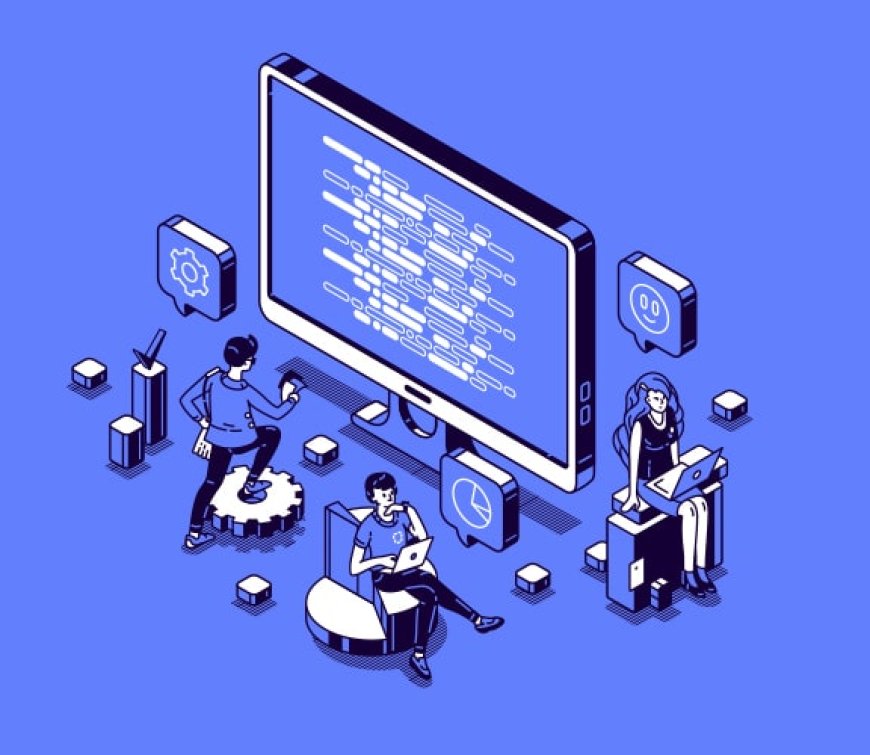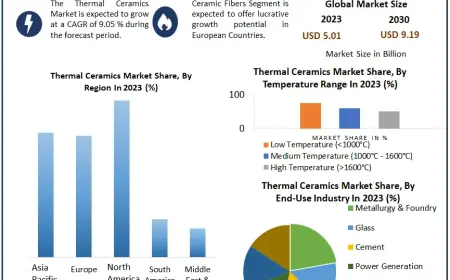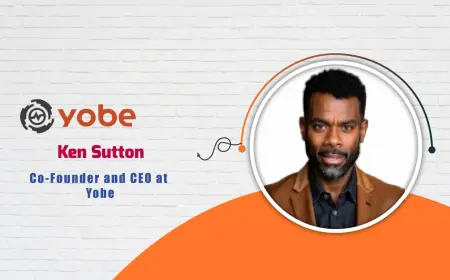Mastering Full Stack Development: A Comprehensive Guide
Full stack development is a dynamic and rewarding field that offers numerous opportunities for those willing to invest the time and effort to master it.

In the rapidly evolving tech landscape, full stack development has become a highly coveted skill. As businesses increasingly adopt digital solutions, the need for developers who can manage both front-end and back-end tasks has surged. Full stack developers are the versatile experts of the tech world, capable of creating seamless user experiences and robust server-side applications. This comprehensive guide explores the fundamentals of full stack development, highlighting essential skills, technologies, and steps to becoming a proficient full stack developer.
Understanding Full Stack Development
Full stack development entails working on an application's front end and back end. The front-end, or client-side, includes everything the user interacts with directly, such as layout, design, and user interface. Common front-end technologies include HTML, CSS, and JavaScript, along with frameworks like React, Angular, and Vue.js.
The back-end, or server-side, handles the logic, database interactions, user authentication, and server configuration. Key back-end technologies include server-side languages like Node.js, Python, Ruby, and Java, as well as databases such as MySQL, PostgreSQL, MongoDB, and Oracle.
Essential Skills for Full Stack Developers
To excel as a full stack developer, one must master a diverse set of skills:
-
HTML/CSS: Understanding web page structure and design is fundamental.The structure is provided by HTML, and the styling is done by CSS.
-
JavaScript: A versatile scripting language for creating dynamic content and interactive features.
-
Front-End Frameworks: Familiarity with frameworks like React, Angular, or Vue.js aids in building responsive and efficient user interfaces.
-
Back-End Languages: Proficiency in server-side languages (Node.js, Python, Ruby, Java) is crucial for handling server logic.
-
Databases: Knowledge of SQL and NoSQL databases enables efficient data management and retrieval.
-
Version Control: Tools like Git are essential for tracking changes and collaborating with other developers.
-
APIs: Understanding how to create and consume RESTful and GraphQL APIs is vital for client-server communication.
-
DevOps Basics: Familiarity with deployment, server management, and CI/CD pipelines ensures smooth application performance in production.
Key Technologies and Tools
-
Front-End Technologies:
-
HTML/CSS: The foundation of web development, providing structure and style to web pages.
-
JavaScript: The primary language for client-side scripting, enabling interactive features.
-
React: A well-liked JavaScript user interface library.
-
Angular: A comprehensive framework for developing dynamic web applications.
-
Vue.js: A methodical structure for creating user interfaces.
-
Back-End Technologies:
-
Node.js: A JavaScript runtime built on Chrome's V8 engine, ideal for building scalable network applications.
-
Python: Well-liked for its readability and simplicity, it is frequently used in web development with frameworks like Flask and Django.
-
Ruby on Rails: A robust framework for building web applications with Ruby.
-
Java: A versatile language used for large-scale enterprise applications.
-
Databases:
-
MySQL: A widely-used relational database management system.
-
PostgreSQL: An advanced, open-source relational database.
-
MongoDB: A NoSQL database, ideal for handling unstructured data.
-
Version Control and Collaboration:
-
Git: A version control system for monitoring modifications and working together on projects.
-
GitHub: A website that hosts and distributes code repositories.
-
APIs:
-
RESTful APIs: Web services that adhere to REST architectural principles.
-
GraphQL: A query language for APIs, providing a more efficient and flexible alternative to REST.
-
DevOps Tools:
-
Docker: A container application development, deployment, and execution tool.
-
Jenkins: A server for automation that is open-source that is used to build, test, and release software.
Becoming a Full Stack Developer
-
Learn the Basics: When learning front-end development, start with HTML, CSS, and JavaScript to establish a solid foundation.
-
Master a Front-End Framework: Choose a framework like React, Angular, or Vue.js and get comfortable with it.
-
Dive into Back-End Development: Pick a server-side language (e.g., Node.js, Python, Ruby) and learn how to build and manage server-side logic.
-
Work with Databases: Understand both SQL and NoSQL databases to handle data efficiently.
-
Build Projects: Apply your knowledge by working on real-world projects, which will help you gain practical experience.
-
Collaborate and Contribute: Use Git and GitHub to collaborate with other developers and contribute to open-source projects.
-
Learn DevOps Basics: Familiarize yourself with deployment processes, CI/CD pipelines, and server management.
-
Stay Updated: Technology evolves rapidly, so continuous learning is essential. Follow industry blogs, take online courses, and attend workshops to stay current.
Conclusion
Full stack development is a dynamic and rewarding field that offers numerous opportunities for those willing to invest the time and effort to master it. By developing a strong foundation in both front-end and back-end technologies, and continuously expanding your skill set, you can become a proficient full stack developer capable of building comprehensive and efficient applications. Embrace the journey, stay curious, and keep pushing the boundaries of what you can create. Consider enrolling in a Full Stack Development course in Thane, Mumbai, Navi Mumbai, Delhi, Noida and other cities of India to gain structured learning and hands-on experience in this exciting field.
What's Your Reaction?
 Like
0
Like
0
 Dislike
0
Dislike
0
 Love
0
Love
0
 Funny
0
Funny
0
 Angry
0
Angry
0
 Sad
0
Sad
0
 Wow
0
Wow
0

















































